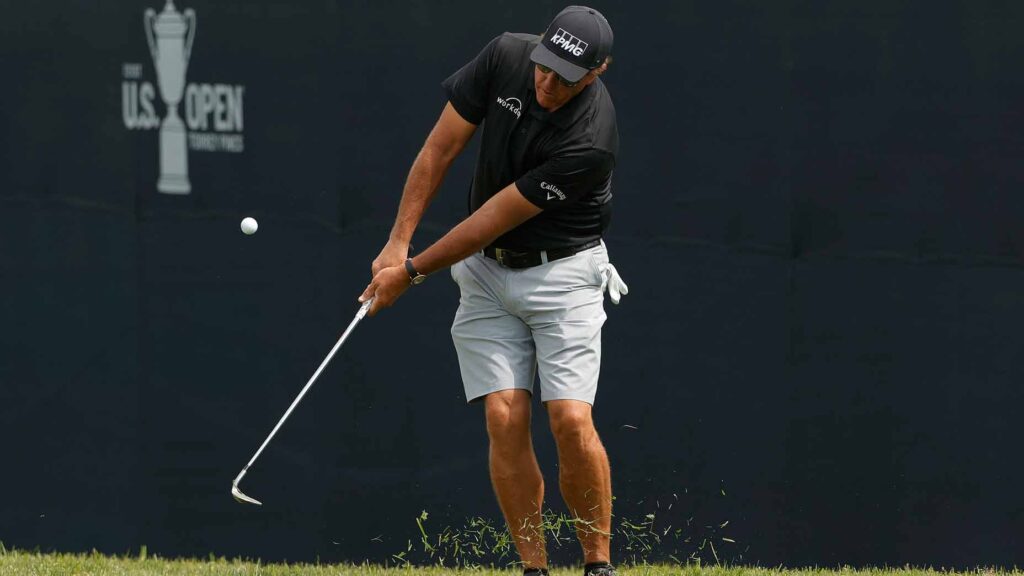Mastering the Flop Shot: Your Ultimate Guide to High, Soft Pitches in Golf
In the game of golf, course management ideally minimizes the need for complicated shots. However, there are moments when you must execute a flop shot—a high, soft pitch used to clear obstacles like bunkers or patches of long grass. Despite its complexity, mastering the flop shot can significantly enhance your short game and lower your scores. Here’s a detailed guide on how to effectively hit a flop shot, focusing on essential techniques, equipment choices, and even mental strategies to make this shot a valuable tool in your golfing arsenal.
Understanding the Flop Shot
The flop shot, often referred to as a lob shot, is characterized by its high trajectory and soft landing. Unlike other short-game options that utilize lower loft and a simpler swing, the flop shot is designed to elevate the ball quickly and halt it almost immediately upon landing. Golfers frequently face situations requiring such a shot when the approach calls for clearing an obstacle while needing to keep the ball close to the pin.
Club Selection: The First Step to Success
Choosing the right club is crucial for executing a successful flop shot. Most golfers will find that using a lob wedge—typically featuring 58 to 60 degrees of loft—gives them a higher launch angle and a softer landing. However, it’s worth evaluating if you truly need a lob wedge based on your playing conditions. If your sand wedge consistently performs well, there may be situations where it can suffice. Generally, if you are playing on courses with small greens surrounded by hazards, investing in a lob wedge can serve you well, offering the necessary precision for tightly guarded flags.
Preparing Your Clubface: Open It Up
Once you’ve chosen your club, the next critical step is to open the clubface. To do this effectively, rotate the clubface away from the target before gripping it. This adjustment not only increases loft but also adds bounce, allowing the club to glide through the turf as opposed to digging in. These adjustments are pivotal for achieving the desired height and stopping power with your shot.
Adjusting Ball Position for Optimal Performance
Ball position plays a significant role in executing a flop shot effectively. For a good lie, you should position the ball slightly forward in your stance. This adjustment allows the shaft of the club to lean away from the target, helping the club gather more loft and bounce. By setting the ball properly, you enable the club to slide cleanly under the ball, thereby maximizing height and reducing the risk of mishits.
Making a Bigger Backswing
When preparing for a flop shot, be sure to commit to a larger backswing. The lofted club and open face require a bigger swing arc to cover the necessary distance. While it may feel counterintuitive to swing harder, much of the energy is directed upwards rather than forward. As a rule of thumb, consider that it’s often better to overshoot slightly than to come up short, particularly if there are hazards lurking just beyond the hole.
Embrace the Ground: The Importance of Turf Contact
An essential component of hitting a successful flop shot is making sure to contact the turf. It’s vital to strike the ground; otherwise, mishitting the ball will yield poor results. The key is to ensure your club’s bounce is utilized effectively. If you hit the ground a fraction early, the club’s rounded sole will help avoid excessive digging, allowing you to execute the shot without fear.
Mental Preparation for Success
While physical technique is crucial, mental preparation also plays a significant role. Approaching your flop shot with confidence can dramatically alter your performance. Visualize the trajectory and landing spot as you set up. Envision how the ball will ascend and descend, settling softly on the green. This mental rehearsal not only instills confidence but also helps your body relax, facilitating a smoother swing.
Practicing the Technique: Drills to Build Confidence
Regular practice is the foundation for mastering the flop shot. Incorporate specific drills that focus on the essential components discussed. Set up targets during practice sessions, simulating real course situations that require high, soft shots. The more comfortable you become executing flop shots in practice, the more confident you will be when it counts during a round.
Evaluating Wedge Performance: The Role of Club Fitting
If you find that your flop shots are consistently less than effective, it might be time to assess your equipment. A proper wedge fitting allows you to test various clubheads, shafts, and bounce options tailored to your unique swing characteristics and course conditions. Finding the right setup can significantly influence your ability to execute high-quality flop shots on the course.
Conclusion: Transform Your Game with the Flop Shot
By mastering the flop shot, you can transform not only your short game but also your overall approach to golf. Understanding key elements such as club selection, ball positioning, and mental strategies can help you execute this shot with precision. With continued practice, thoughtful equipment choices, and mental preparation, you can effectively add the flop shot to your repertoire, giving you a competitive edge on the course. Embrace this skill, and you may find yourself making those challenging shots that lead to lower scores and enhanced enjoyment of the game.


